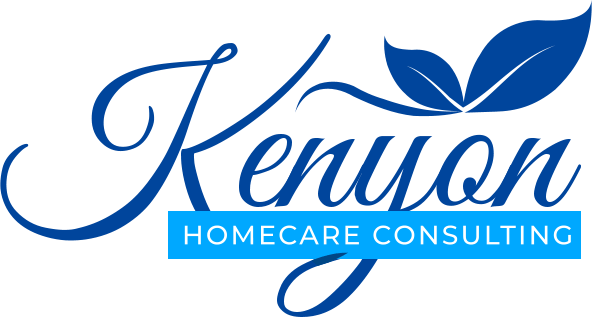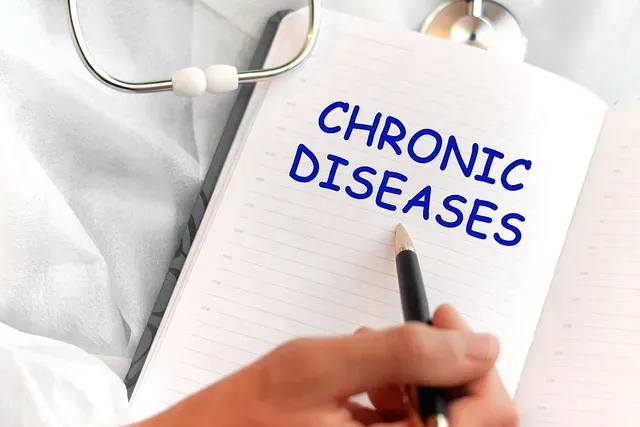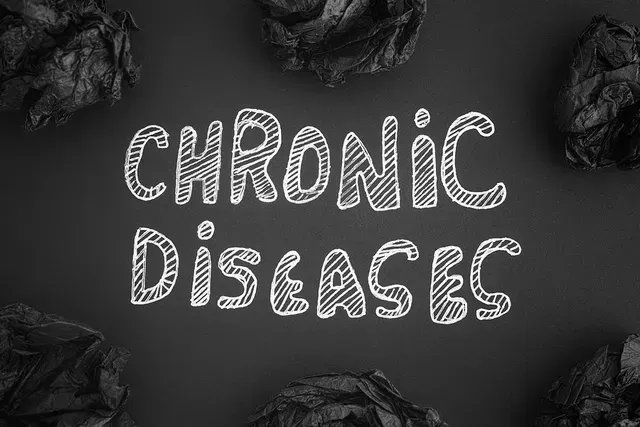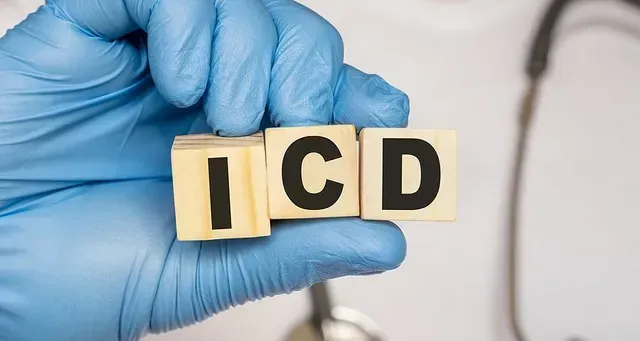December 18, 2025
For home health agencies, a regulatory survey is not just an inspection—it's a high-stakes assessment of your commitment to patient safety, quality care, and operational compliance. Since repeat surveys are unannounced, the goal is to cultivate a culture of "survey readiness every day." Preparing your agency for a successful survey requires proactive planning, meticulous documentation, and full staff engagement. Below are the steps to build for continuous compliance. 1. Develop a Survey team: Preparation starts with designating a core team responsible for the survey response. Clear roles ensure a calm, organized, and efficient process when a surveyor walks through the door. Each person needs to know exactly what they are responsible for and what metrics they need to track to be sure the agency is always ready for a survey. The Administrator/Survey Lead: Must be present for the entrance conference. This person is the main point of contact, handles high-level questions, and maintains a professional atmosphere for the organization with the agency staff and with any surveyors. Director of Clinical services/ Supervisor: This team member is responsible for assuring all documentation is reviewed and appropriate. This includes OASIS accuracy, that the plan of care matches the OASIS findings, and visit documentation follows the plan of care. ICD-10 Coders: This team member reviews the OASIS and matches it with the discharge summary to assure accuracy of OASIS (along with DCS or Supervisor). The coders also verify the ICD-10 code accurately reflects findings of the OASIS. Clerical Support: Staff is responsible to all personnel records monthly review for required documents and all new employees for same while reporting any missing documents (e.g. updated license, auto insurance, driver’s license etc.). Create plans and have operations in place to communicate at least a month in advance to employees when items need updated. This person is also responsible for managing the logistical needs when the surveyors are on site (e.g., Wi-Fi password, workspace, etc.) to create a buffer for management. They also discreetly communicate critical questions to the Survey Lead. The team member acting as Survey Lead is considered the survey readiness team leader. Promoting survey readiness should include regular monthly meetings with all of the survey readiness team members. Each team member should be ready to report on the status of their responsibilities and any data to support their findings. These findings include: a. Status of OASIS accuracy and any staff who need training. b. Planned OASIS training that provides regular updates on areas where staff continue to struggle. c. Plan of care with matching visit notes d. Personnel files and any updates when employees are not responding to the request for documents e. Status of continuing education per state or federal requirements f. Yearly evaluations with supervisory visits to support evaluation. Supervision needs to pay particular attention to hand washing according to policy and standard infection control procedure when getting in an out of bag, with client contact, or coming in and out of the home. This remains one of the primary findings by surveyors. g. Evidence of yearly required continuing education such as: • Infection control • Patient Rights and Advocacy to uphold dignity and autonomy • Emergency Preparedness with response protocols; evidence of bi-yearly practice drills for a potential emergency • Medication Management and safety to prevent errors • Updated relevant health care regulations and policies • Cultural competency to enhance communication and care for diverse populations. All data collected by the team members may need to be sent to the compliance manager and may become part of a plan of correction for the Quality Assurance program. Should you need assistance with survey readiness, please continue to part 2 of this series and call Kenyon Homecare Consulting at 206-721-5091 to help you get there!










